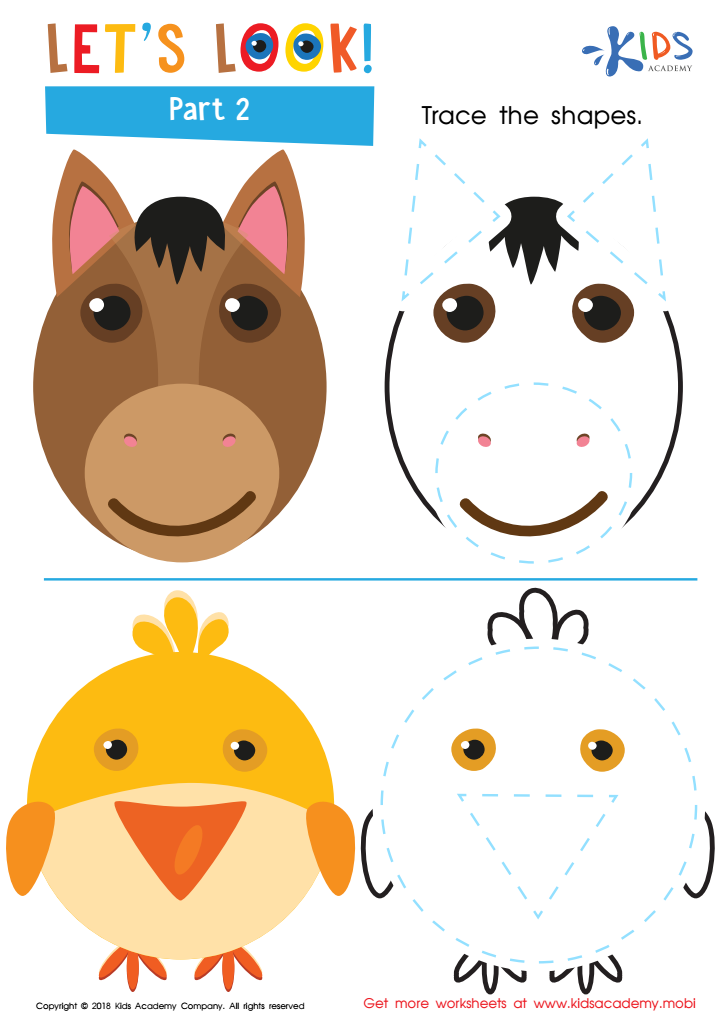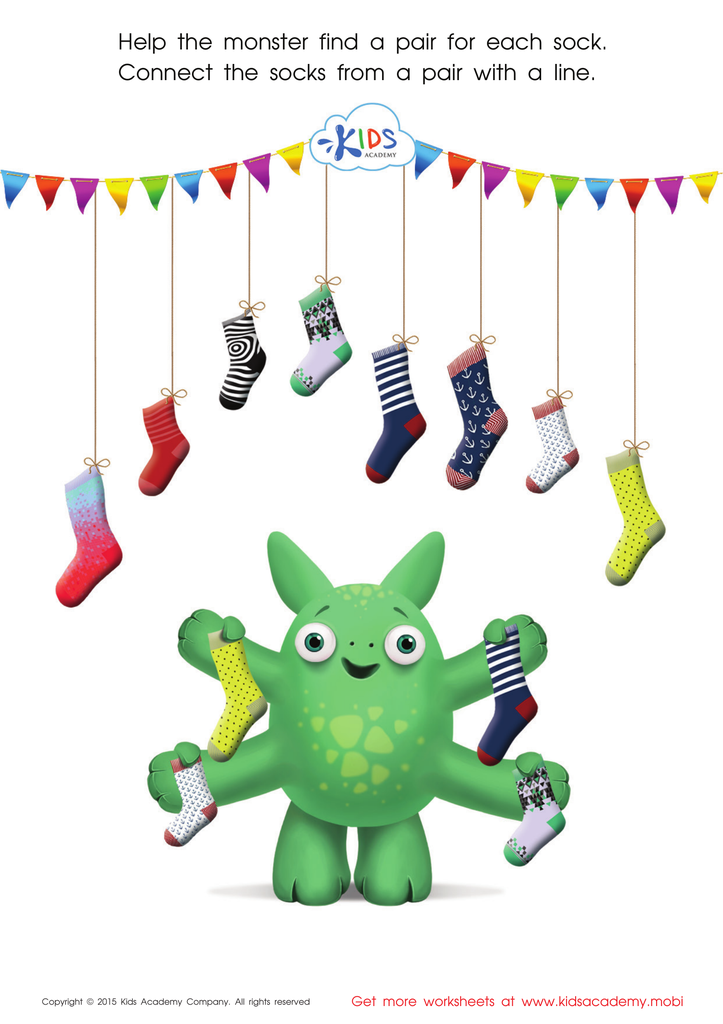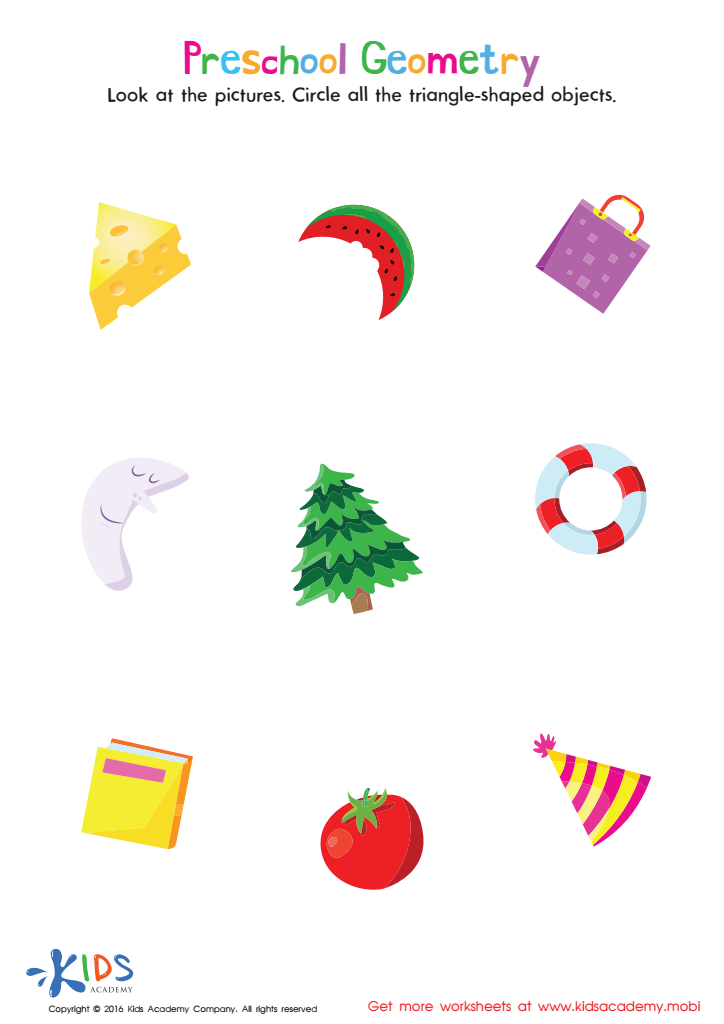Color differentiation Math Worksheets for Ages 3-6
3 filtered results
-
From - To
Introducing "Color Differentiation Math Worksheets for Ages 3-6"! Enhance your child's early education with our expertly designed worksheets that combine vibrant colors with fundamental math concepts. Perfect for young learners, these activities not only teach color recognition but also improve counting, sorting, and basic arithmetic skills. Each worksheet captivates children with engaging visuals, fostering both cognitive and motor development. Created by education experts, these printable resources are ideal for preschool and kindergarten settings or enjoyable at-home practice. Give your child a head start in math with our fun and educational color differentiation worksheets!
Explore more at Kids Academy.


Let's Look! Part 2 Worksheet


Math Matching Pairs Game: Monsterв's Socks Worksheet
Color differentiation in math for young children aged 3-6 is more than just a fun activity; it’s a foundational tool for cognitive development and early learning skills. During these formative years, children's brains are highly receptive to visual stimuli, and colors play a crucial role in engaging their attention and enhancing their memory retention. When children categorize and differentiate objects by color, they’re not only learning basic concepts of classification and organization but also honing their observational skills.
This process encourages critical thinking as children begin to notice differences and similarities, a skill that is essential for more complex problem-solving later in life. Moreover, integrating colors into math activities makes abstract concepts like numbers, shapes, and patterns more tangible and relatable. For instance, using colored objects for counting exercises can help children grasp numerical concepts by providing visual and physical representations of amounts.
Additionally, color differentiation supports language development. When children describe and discuss colors in the context of math tasks, they expand their vocabulary and improve their communication skills. Early proficiency in sorting and categorizing by color can lay a strong foundation for future academic subjects, fostering a love for learning in a playful and intuitive manner. Therefore, both parents and teachers should prioritize color differentiation in early math activities to support comprehensive cognitive development.
 Assign to My Students
Assign to My Students










.jpg)











